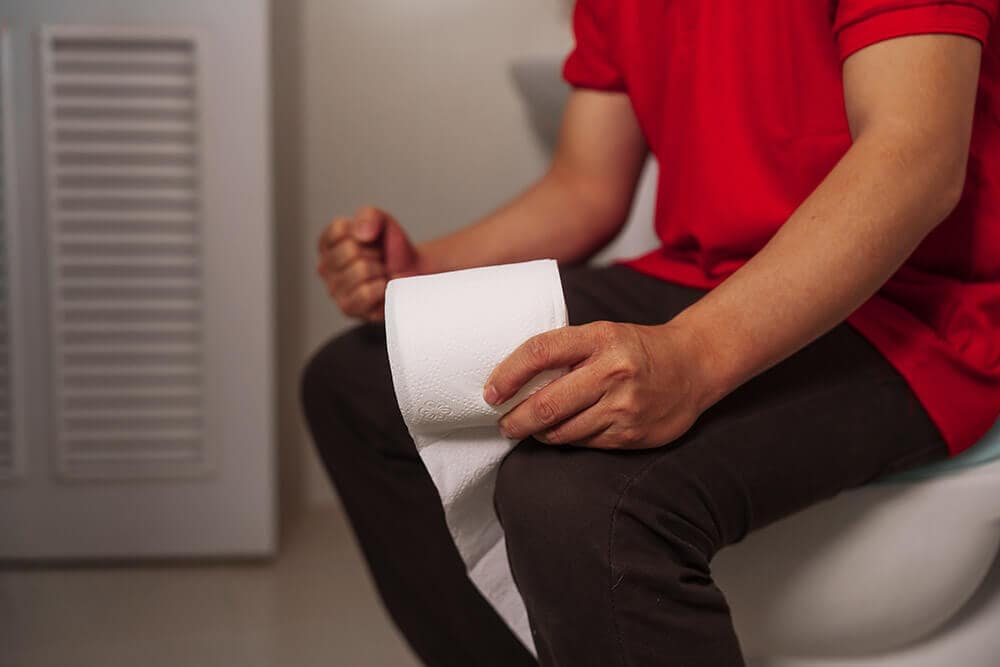What Is Presbyesophagus?
Presbyesophagus is a swallowing problem that happens with age. As you get older, the muscles in your esophagus (food pipe) get weaker. Food may move more slowly or feel stuck. Swallowing may become harder or uncomfortable. Doctors often use ICD-10 code K22.7 to record this condition.
Common Causes and Risk Factors
- Aging - Muscle strength in the esophagus drops over time
- Hiatal Hernia - A part of your stomach pushes upward and affects swallowing
- Acid Reflux - Ongoing reflux can hurt the muscle function
- Chronic Illnesses - Like diabetes, nerve problems, or scleroderma
- Often occurs along with a hiatal hernia
Signs and Symptoms
- Trouble swallowing food or drinks
- Feeling like food is stuck in your chest or throat
- Throat clearing or mild coughing
- Food coming back up (regurgitation)
- Mild chest discomfort after meals
How Dr. Rishi Chadha Diagnoses Presbyesophagus?
Dr. Chadha uses a simple, clear process:
1. Patient Interview
He reviews your swallowing symptoms, medical history, and any risk factors.
2. Physical Exam
He gently examines your neck and throat for tightness, swelling, or other abnormalities.
3. Esophageal Manometry
This test measures the strength and coordination of your esophagus muscles during swallowing.
4. Barium Swallow X-ray
After you drink a barium solution, X-rays track how food moves through your esophagus and identify delays or blockages.
5. Upper Endoscopy
A thin, flexible camera is passed into your esophagus to look for narrowing, irritation, or other structural changes.
Frequently Asked Questions
What is the ICD-10 code for presbyesophagus?
K22.7 is the most used code for this condition.
What causes this problem?
Aging, acid reflux, and hiatal hernia are the main causes.
Is it serious if left untreated?
Yes. Untreated presbyesophagus can lead to poor nutrition or aspiration into the lungs.
How long does treatment take?
Most patients notice improvement within a few weeks of starting therapy.
Can swallowing therapy help?
Yes. A speech and swallow therapist can teach exercises to strengthen esophageal function.
What are the treatment options?
Treatment includes lifestyle and diet changes, medications, and minimally invasive procedures.
Will I need surgery?
Surgery is uncommon; most people improve with non-surgical treatments.
Is presbyesophagus the same as achalasia?
No. Achalasia is a valve-related disorder; presbyesophagus stems from age-related muscle weakening.
Does a hiatal hernia make it worse?
Yes. A hiatal hernia can increase reflux and slow esophageal emptying.
Where can I learn more?
Visit the American College of Gastroenterology: https://gi.org











